In 2014, Rick O’Connor explained to us about the ILM‘s work on TRANSFORMERS: AGE OF EXTINCTION. Now he talks to us about his new collaboration with director Michael Bay and the challenges on TRANSFORMERS: THE LAST KNIGHT.
What was it like to be back in the Transformers universe?
I grew up watching the 80’s cartoon so I love being a part of these films, but with each sequel you wonder « What do we do that hasn’t been done in the last ones? » What visual ideas and concepts can we come up with that the audience hasn’t seen before? Michael will come to us with his ideas and we’ll pitch some ideas to him. The collaboration with Michael is so very unique in that he looks to ILM artists for ideas and it is very rewarding when your suggestions end up in the film. VFX artists don’t always have the opportunity to pitch ideas to a director so it’s refreshing to work with Michael who is willing to hear all concepts. If it’s good he’ll consider it or mold it to fit into his film. If he feels it’s not right, he’ll let you know the reason why – He’ll say, « It’s got to be a bigger idea, we need a 15 dollar idea », meaning that he wants to make sure that what we provide is on it’s own, worth the price of admission.
How was this collaboration with director Michael Bay and VFX Supervisor Scott Farrar?
Michael is very hands-on with the artists and he makes it a point to come to ILM to work directly with the people who are helping him sculpt his movie. He will sit with our animators and together they will explore shot options, camera moves and acting beats. He gets to know the animators personally and overtime begins to realize their creative strengths. Michael will call us up and discuss specific animators for a shot that he has just dreamed up, knowing the artist is well suited for that shot type. That close creative connection between Michael and the artists is valuable on a show of this scale.
I’ve collaborated with Scott Farrar on all 5 of these movies. My responsibilities have grown on each film, but he’s always been THE GUY. His understanding of filmmaking and camera work is a huge asset to us in animation. During our previs stage Scott, Paul and I would discuss achievable camera moves since Michael prefers to base shots on real footage whenever possible rather than CG cameras. With his vast experience Scott has an eye for framing, composition and realistic camera movement and he’d know instantly if we went too far with our previs camera work. THE LAST KNIGHT was such a monumental task that we required three VFX Supervisors. Jason Smith and Associate VFX Supe. David Fogler worked alongside Scott. They divided the show up amongst themselves, but each kept a watchful eye on the whole movie. Oversight of the animation was left to Paul and myself. With so much going on at once it’s an advantage to have passionate people mindful of every aspect of the show.
How did you split between you and amongst the animation teams?
Paul Kavanagh and I shared the title of animation supervisor. We oversaw all aspects of the animation together, though he had a larger hand in the Cybertron sequences than I did. A show this complex requires a large, talented team and we had that in spades! We had artists all over the world working on this film. It truly was being worked on 24-hours a day. London, Vancouver, Singapore, Montreal and San Fransisco were all assigned sequences to work on and each team had their own lead animator that Paul and I would meet with on a daily basis. Each morning we’d meet with Chris Lentz, our London lead and each night we’d meet with Jance Rubiinchik our Singapore lead. Throughout the day we’d communicate with our Vancouver team led by Matt Cowie since we work in the same time zone. Paul and I would assign work to our artists here in San Fransisco based on their strengths. Every shot in these movies has its own challenges – even the “easy ones” – so you want artists on shots you know they can handle. Put your fight guys on action shots, your actors on acting shots and those who are technically gifted on the multitude of incredibly complicated full CG shots. If Paul and I assign the work correctly our job is a little easier!
What was your approach with the new characters such as Cogman, Hot Rod and the villain Quintessa?
Cogman was a wonderful character to develop. We approached him as a character who is trying to be something that he isn’t. He’s trying so hard to be the perfect and obedient servant, but his true personality of an unhinged warrior breaks free easily. He can’t help himself from enjoying confrontation and violence. He welcomes a fight and loves a good old fashioned car chase. It takes every ounce of self control for him at act as the good butler, including assaulting himself to shake the desire to fight. His internal conflict is evident with every twitch of his eye. This broad personality made him one of the favorites for animators to tackle.
We treated Hot Rod as a more visually expressive character than most of the other robots. He’s a hand talker so we’d push how large his arm gestures are when he’s speaking. He’s also full of energy and life so we thought it would be fun to see that piece of his personality come out of him as he transforms. Instead of staying low while transforming he springs up on his hands and pivots to his feet with style as a breakdancer would.
Quintessa is the most human looking of any of the robots we’ve ever worked on in the Transformers universe so we knew her facial animation would be complex. Luckily for us, we had Tracie Horie who specializes in facial animation as our Quintessa lead. Together we studied the facial performance of actress Gemma Chan who provided Quintessa’s vocal performance. While delivering the lines we noticed that Gemma’s face muscles would do these wonderful, tiny uncontrolled asymmetrical motions. We thought that if we want Quintessa’s face animation to look real, we need to anchor it on those small, natural inconsistencies of motion. The imperfect will make it perfect. When Tracie sent me her first pass of facial animation to review I was blown away, I thought she had really nailed it. It was amazing and any concerns I had were erased in an instant. I immediately showed Michael who happened to be in the studio for a visit. He loved it and noted he wanted to showcase it in the upcoming trailer.
Cogman have a really special look and mechanism. How did you handle his mechanism?
Some of Cogman’s internals were automated, but most were hand animated depending on what appeared on screen. VFX Co-Supervisor Dave Fogler oversaw the construction and motion design of the internal pieces and when it was first reviewed by Michael on set it was a hit. That test became our motion guide for how to treat the gears in animation.
Did you received specific indications and references for their animation especially for Cogman?
In terms of facial animation our first stop in animation is reviewing the actor delivering their lines to see what we can learn from that. If they do something interesting with their face we’ll use it in our animation. Since the voice actors typically are not being filmed for the movie they don’t tend to do a lot of acting gestures besides facial expressions. This gives the animators an opportunity to explore the character’s performance. They will film themselves acting scenes out and when they hit on a strong idea they’ll use it as reference for their animation. In some cases we’ll suit up an artist in a motion capture suit and explore acting beats on our stage. The animators can then use that as a first pass for their shot and build upon it where needed.
A huge Dragon is also part of the movie. Can you tell us more about him?
The dragon was a huge selling point for a lot of the animators. They took one look at the concept art and said « Count me in! » Dragons have been in movies for a long time, and at ILM we’ve certainly done our fair share, so we wanted to try some things a little different for this guy since he’s an alien robot. Things like roll in the air as he flies or use his full body mass in combat as he crashes down head on against his enemy.
How did you handle the challenge of his animation in the air?
We created and animated a flight cycle for the dragon that animators could attach to a path and then customize for their respective shots. The Dragon has three big hero moments in the movie and that’s where things get tricky. For two of the moments he crashes down and rolls around on the ground to hit enemies with his wings and heads. It was quite a challenging puzzle to figure out how to pose his massive wings while he pivots his body against the ground. The third challenging shot is during the Osprey descent sequence. Originally the Dragon caught a crashing Osprey on his back so the soldiers could bail out to safety, but the story point was tough to understand so instead we decided that he should breathe fire on an enemy fighter.
The iconic characters are back too. Can you tell us more about Optimus Prime and Bumblebee?
For this film we were able to animate an evil version of Optimus. Usually Optimus does a lot of gesturing when he speaks, but we eliminated that when he becomes the corrupted Nemesis Prime. He’s emotionally cold and the acting choices are subtle until he becomes angry. His fighting style is different as well, it isn’t as elegant. We decidedly made him into a viscous, messy almost zombie like beast using his bare hands to tear Bee apart.
Paul and I spent a day with stunt choreographer Garret Warren and his professional fight team on the ILM motion capture stage. These guys are the real deal, they were all suited up in motion capture suits and gave it their all as we designed the Optimus, Bumblebee fight together. Days on the stage with the fight team always represent some of my favorite on these films. Those guys are amazingly talented, they are just incredible to collaborate with!
Bumblebee has a new trick in this film. Originally he was going to break apart into little ball bearings before reforming back into his robot form. Fearing that may be a little strange I suggested that perhaps he has new mag-tech where when he falls apart his pieces can re-attach. Michael liked the concept, but wanted to make sure there was a physicality to it. Bee’s limbs shouldn’t float up magically, but rather they need to spring themselves up into place. We did a lot of motion studies on what that could look like which helped aid the practical shoot.
The final sequence involved a massive number of Transformers and vehicles. How did you approach a huge sequence like this?
Paul and I began designing the third act previs starting with the Osprey descent. Michael would talk to us about ideas he had and we would come up with multiple versions of the sequence for Michael to review and dissect. Once reviewing our ideas he would expand on what we were doing or new shot ideas would come to him based on what he saw. He had specific shots in mind for the ground battle and spent a day with us in San Fransisco designing the previs. He had a chair between our workstations and when he was finished explaining something to one of us, he’d roll his chair to the other to explain the next shot. He would just ping pong back and forth between us hammering out shot concepts.
When the previs for the third act was completed it was about an 18 minute reel from the Osprey descent to the end of the Zero-G sequence. 18 minutes is a lifetime on the big screen. We jam packed the sequences with ideas knowing that a lot would be cut from the final film.
Once Michael began shooting the movie he would send us background cloud plates that he absolutely loved and wanted in the movie. He asked us to use them for the Osprey descent and for various shots of Cybertron crashing down on Earth. Michael always prefers a real plate over a full CG backgrounds to help ground the CG characters in reality. Paul then began experimenting with the plates and created a large selection of ideas for the Osprey descent, Jet shots and Cyberton chunk shots. Michael would pick his favorites, give his input and we’d take them to the finish line.
Which character is your favorite and why?
Optimus Prime is my guy! I love every aspect of the character and appreciate that I have had an opportunity to help develop the movie version of him. I like that Michael has been trying certain things with the character so that he isn’t always too perfect in every film. It’s interesting to see Optimus, a great leader make mistakes. In movie 4 Prime has an edge to him and must learn to trust humans again. In this movie he’s corrupted and turns bad. It’s fun to animate Optimus outside of what he is… as long as he returns to what we know. That being said, now that we’ve seen Prime need to soul search in two movies, it would be nice to keep him as Optimus for a whole film again.
What was the main challenge on this show and how did you achieve it?
There isn’t a single thing that isn’t difficult on these films, but I would have to say Cybertron was the largest challenge for this particular show. It was such a huge and heavy asset. It needed to be broken up into parts and a kit was created where animators could build their own pieces like a giant Lego set. You could grab Vine A and attach it to Chunk C, then grab Vine D and attach it to Chunk B, etc. The combination of parts was endless. Each of those assets was heavy on its own and when you have multiple chunks and vines in your scene, well, let’s say it was a good opportunity to go for a walk while you awaited a rendered movie. Artists developed a smart workflow when they worked on the larger Cybertron chunk shots so they could minimize down time, they had to otherwise we’d likely still be working on the shots today.
What is your best memory on this show?
It’s hard to think of a single moment that I would say is my favorite. It’s been such a long, challenging project with so many talented people achieving so much that It’s tough to focus on just one moment.
How long have you worked on this show?
I was on THE LAST KNIGHT for 18 months. Paul and I started the show doing Previs for the Cybertron moon scrape sequence. On the first day I thought that Cybertron should plow through the Ark that crashed on the moon in movie 3. That shot ended up being one of the last ones completed on the show.
What was the size of your team?
We had a total crew of about 560 artists. About 70 of those were animators.
A big thanks for your time.
// WANT TO KNOW MORE?
ILM: Dedicated page about TRANSFORMERS – THE LAST KNIGHT on ILM website.
© Vincent Frei – The Art of VFX – 2017

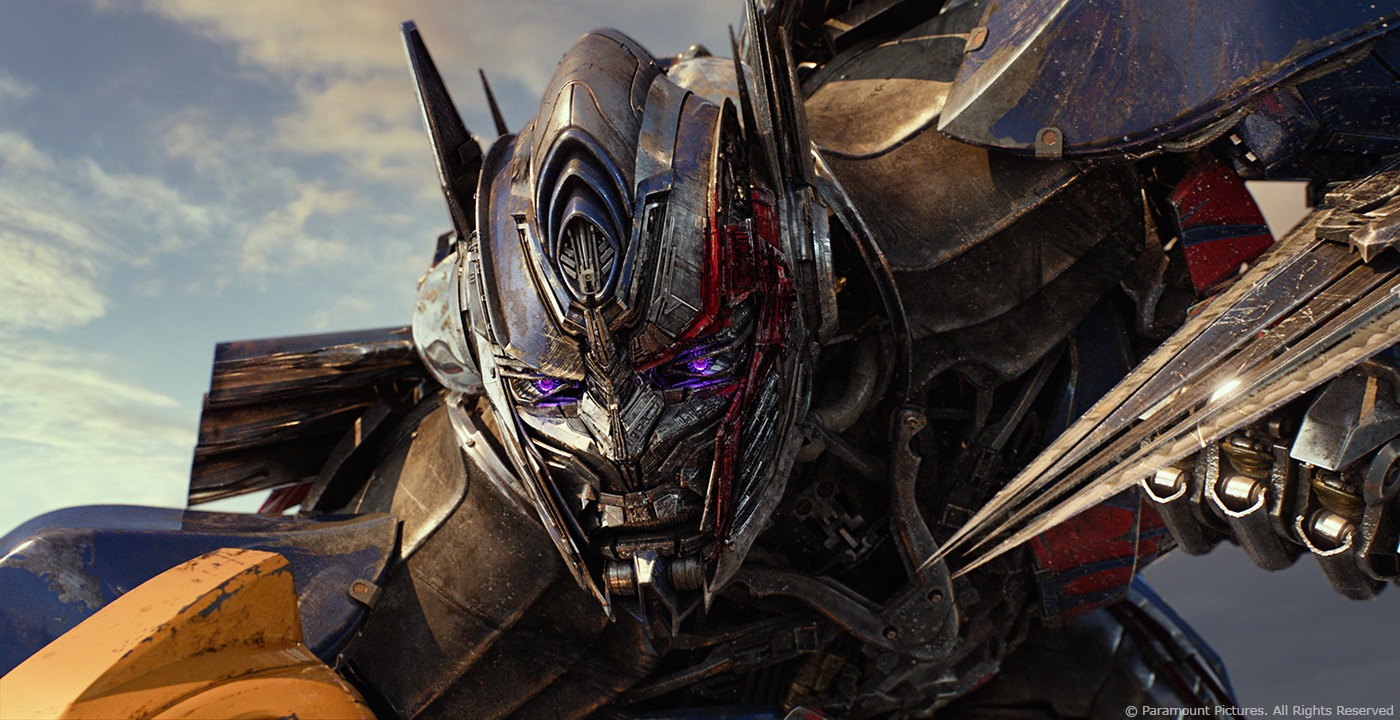
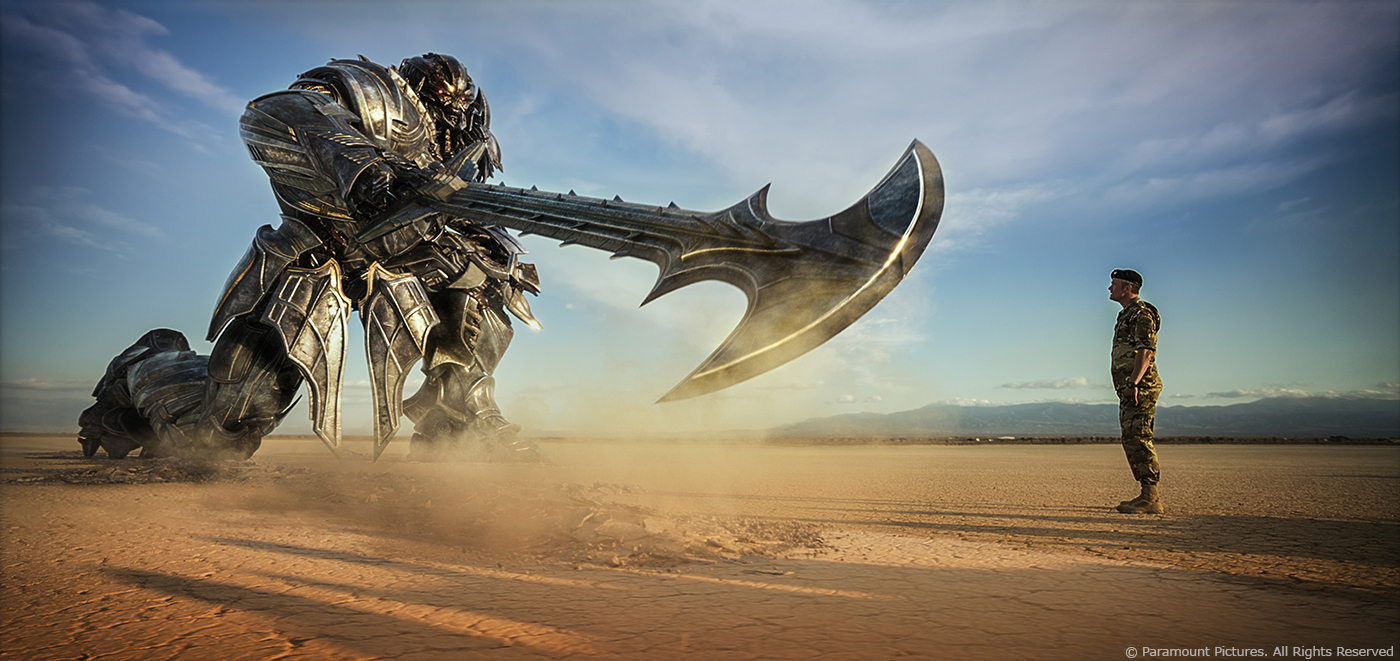
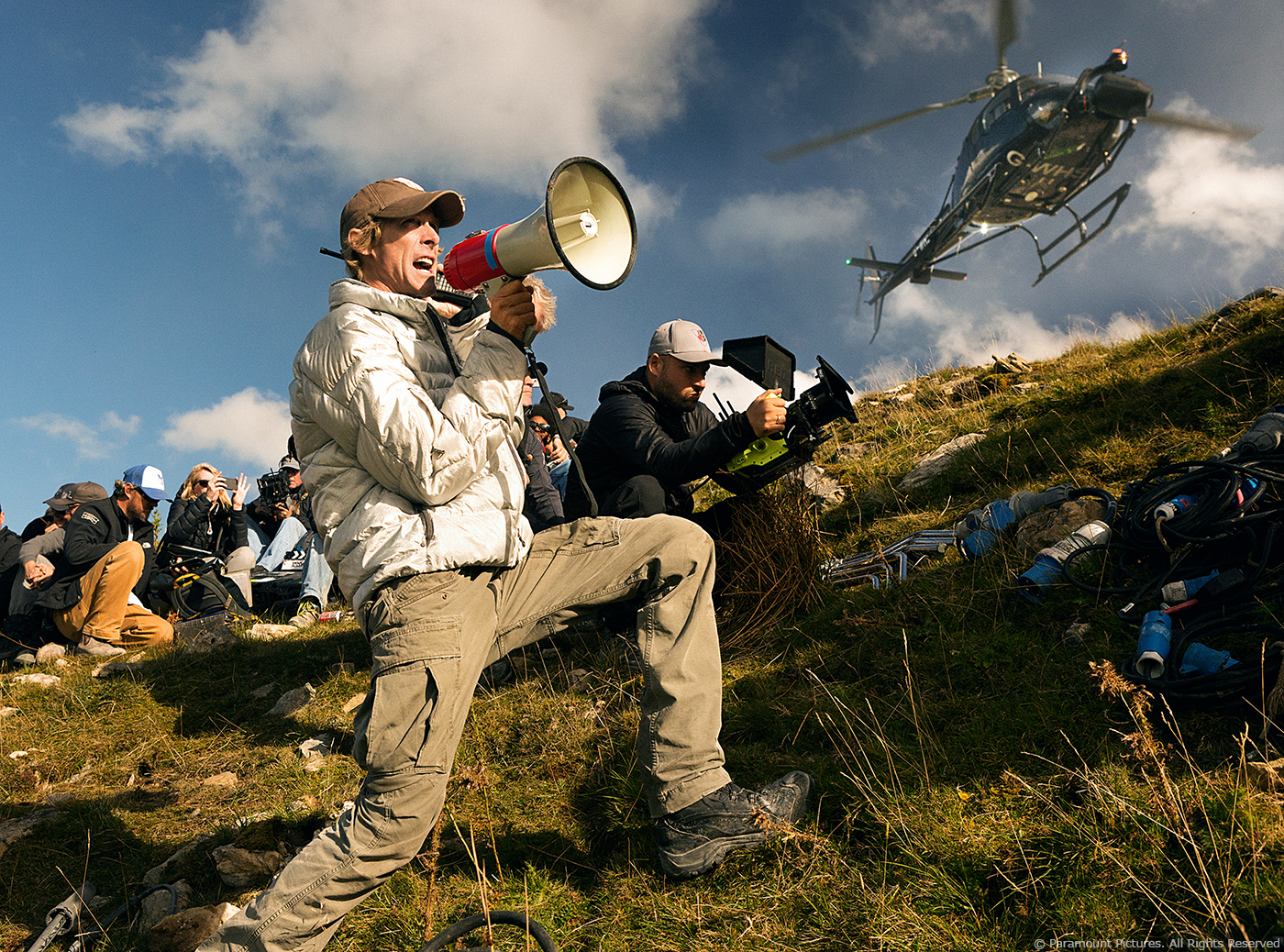
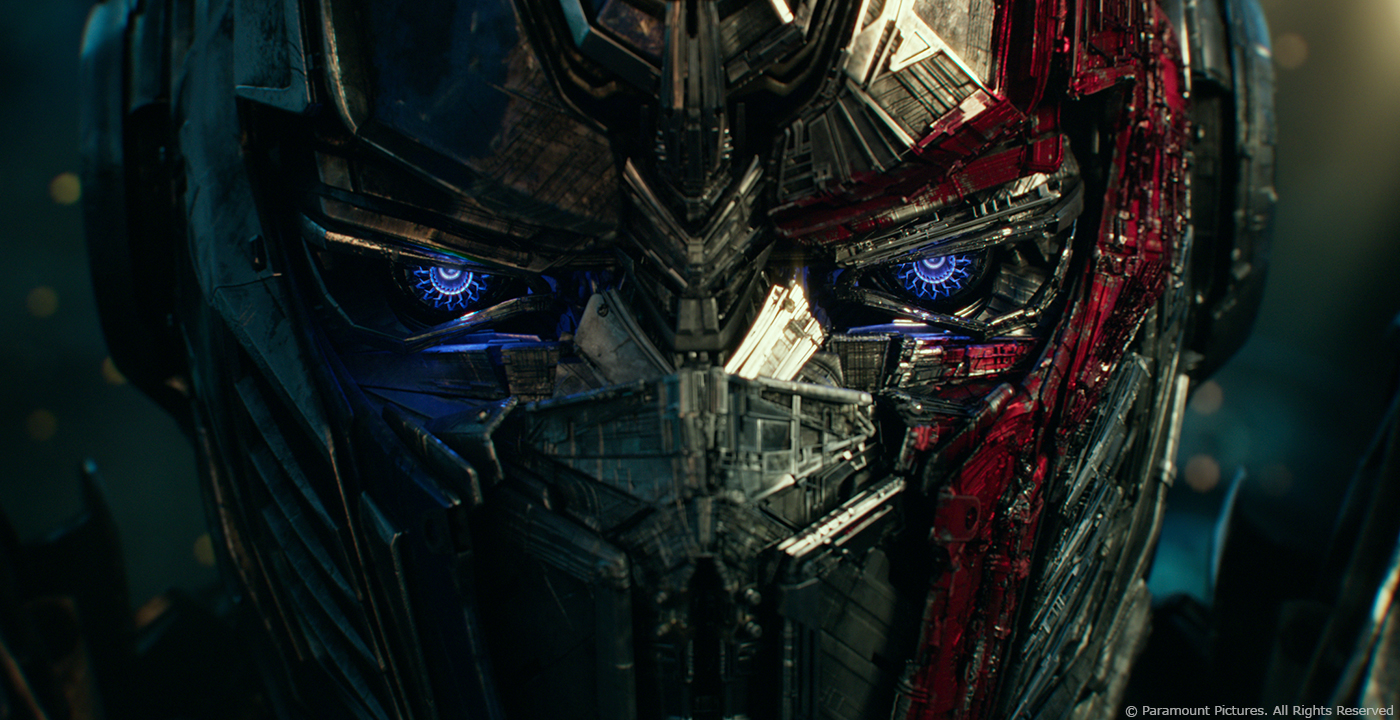
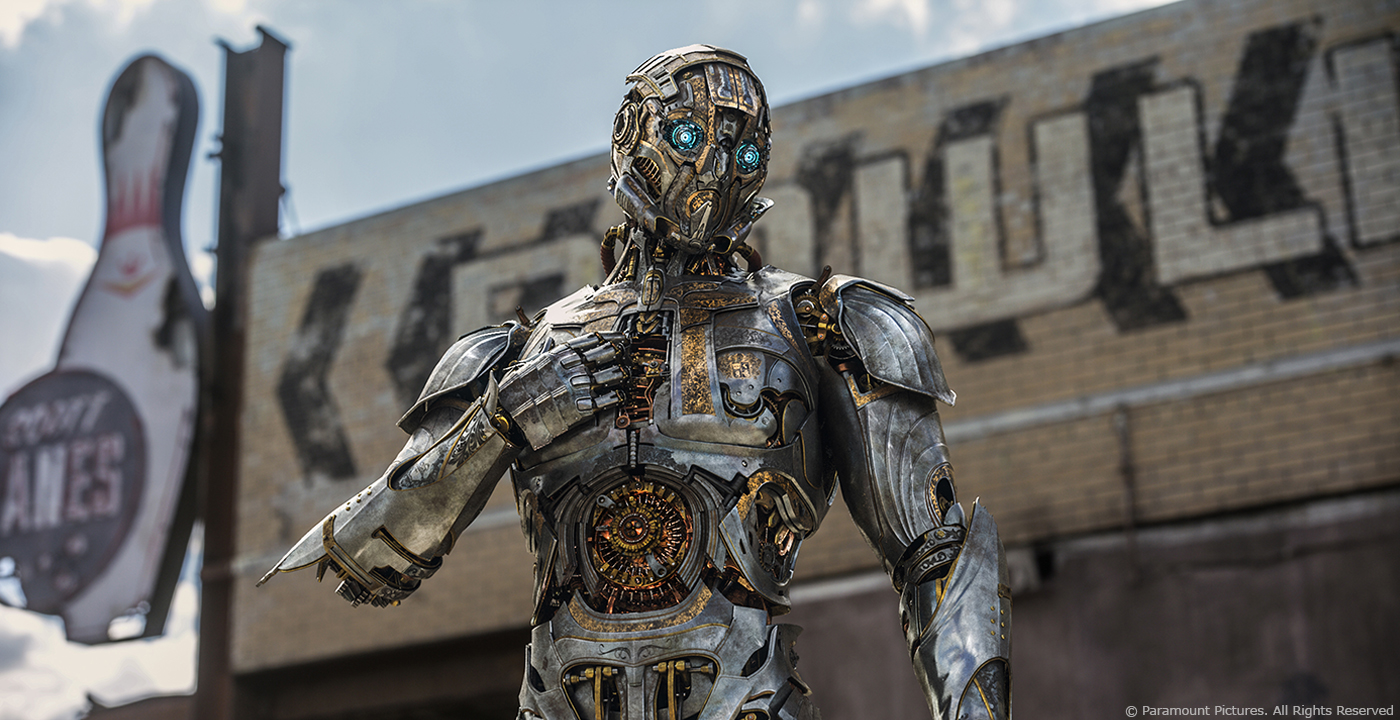
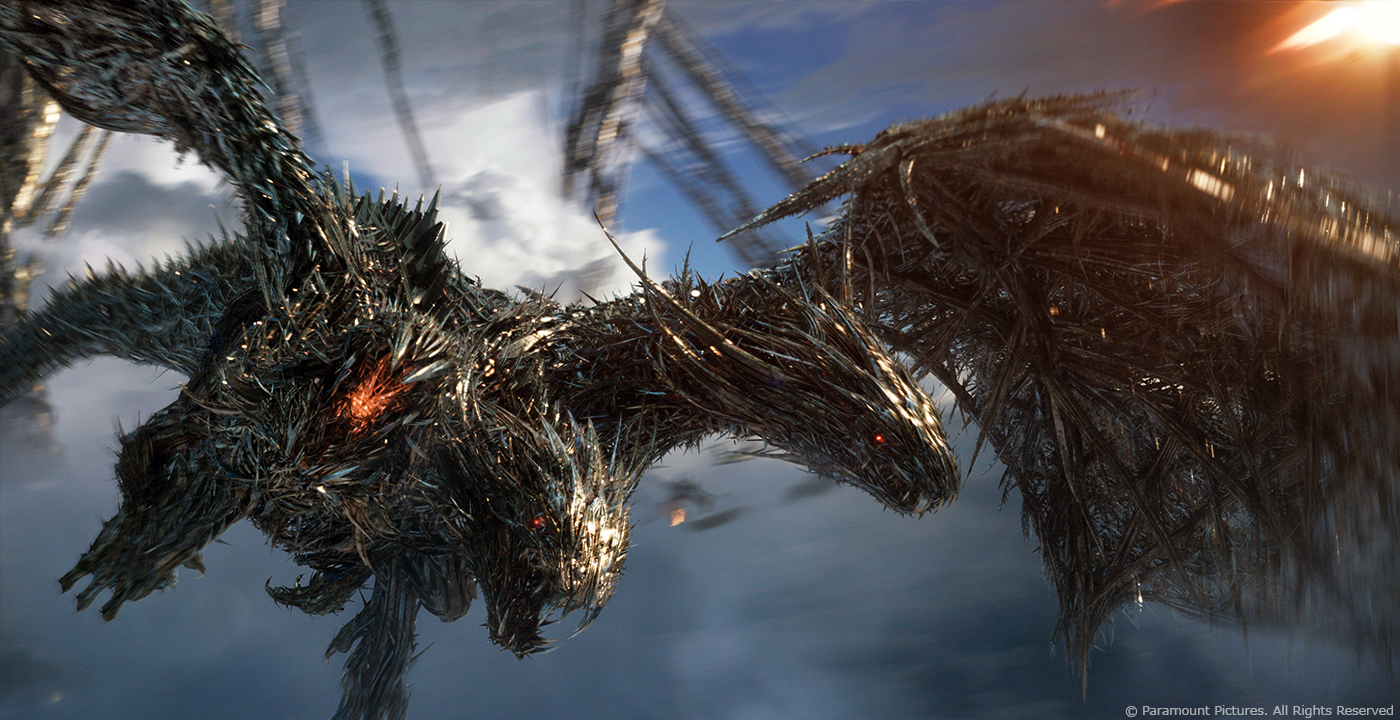
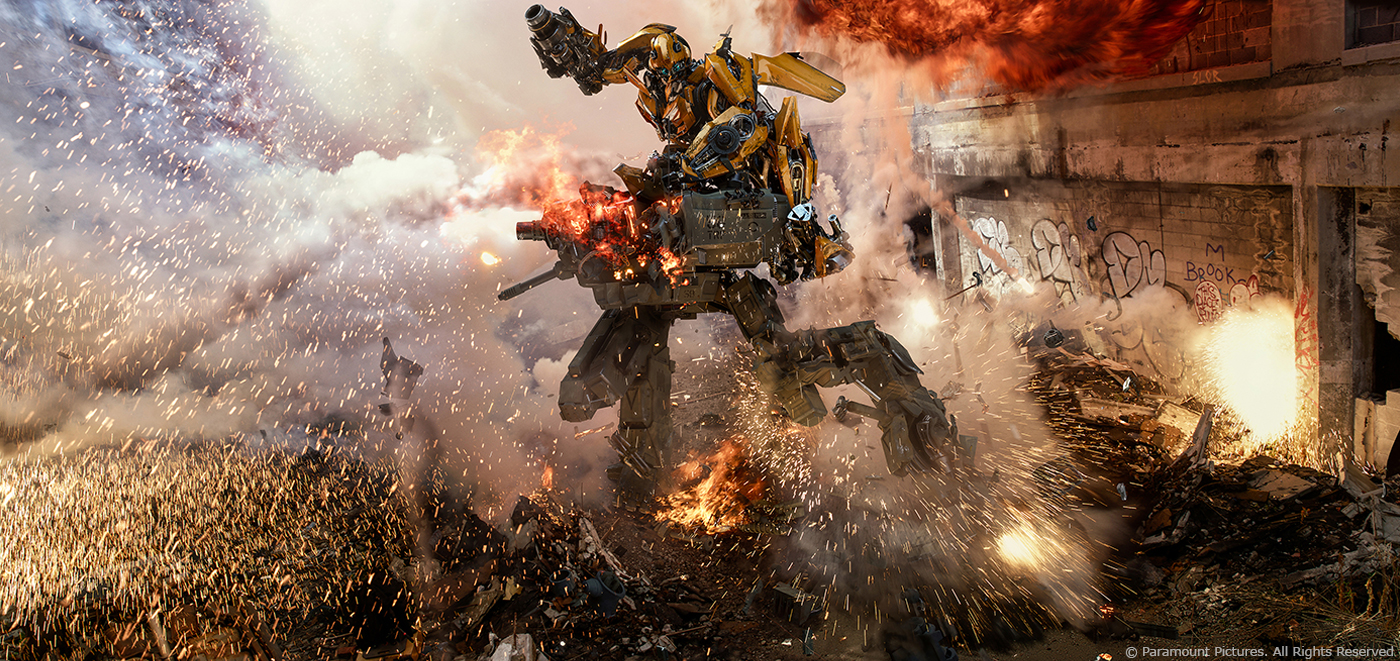
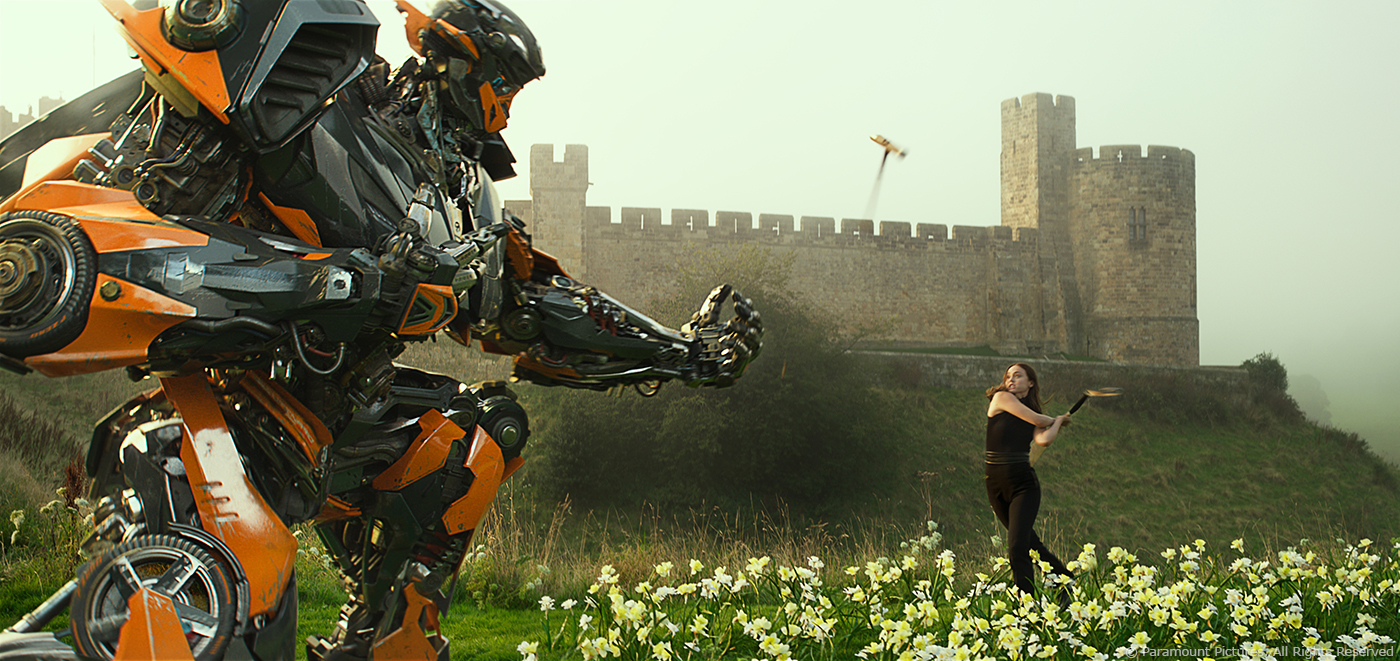






Is an incredibly well-made film, congratulations to the people of ILM …